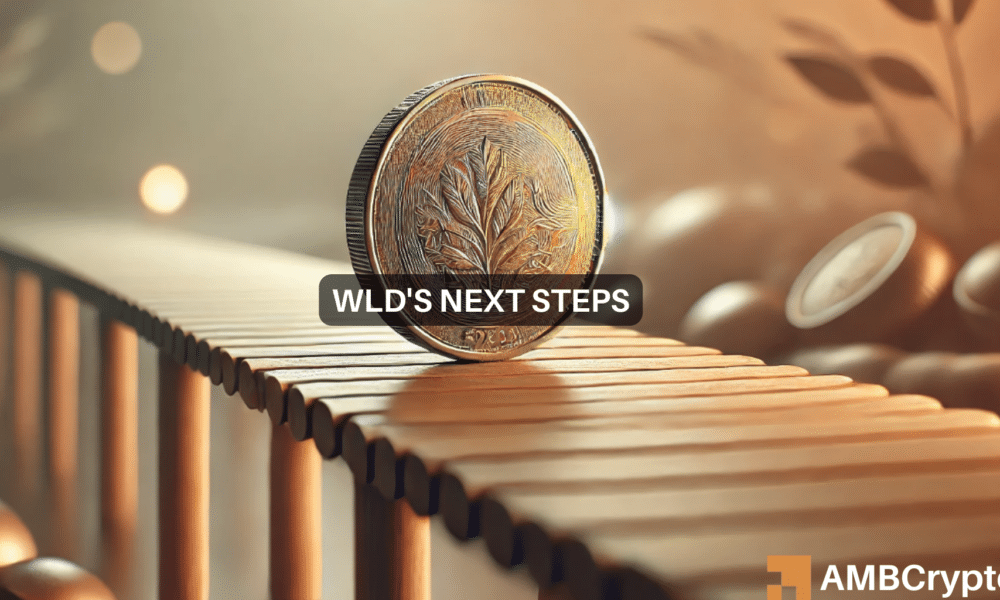The XRP Ledger (XRPL) recently rolled out two major amendments, “fixEmptyDID” and “fixPreviousTxnID.” The newly introduced upgrades received positive reactions and ignited some positive market sentiments. This follows the earlier implementation of the fixAMMv1_1 amendment.
More Amendments on XRP Ledger Mainnet
All of these upgrades and improvements come as the Ripple ecosystem looks forward to the launch of the USD-backed stablecoin RLUSD. As a result, many community members are beginning to speculate on how these numerous amendments will impact the potential stablecoin.
Some of these speculations also hinge on its functionality and broader ecosystem. The latest upgrades received approval from 31 validators, crossing the 28/35 threshold for proposal implementation on the XRPL mainnet.
The “fixEmptyDID” amendment is designed to halt the creation of empty DID ledger entries. These entries took up valuable space in the past without offering any benefit. XRPL is trying to put a stop to that.
Now, any transaction that attempts to create such entries will receive an error as a response. In the long run, this amendment would improve the ledger’s efficacy while maintaining the existing process.
On the other hand, the “fixPreviousTxnID” upgrade is focused on improving transaction tracking. Adding PreviousTxnID and PreviousTxnLgrSequence fields will enhance the process of tracing the history of ledger modifications.
Before this upgrade was implemented on the XRPL mainnet, quite a number of ledger entries lacked these critical fields, making it tough to track the transaction history until now. Ultimately, both upgrades will help to streamline operations on XRPL.
Beyond this, they will optimize the blockchain’s ability to manage large data and pave the way for more complex applications in the future.
RLUSD Potential With Numerous Amendments
This upgrade expands the use cases of the RLUSD, helping it explore its potential. Meanwhile, the RLUSD stablecoin is already in beta testing on both XRP Ledger and Ethereum.
A few days ago, blockchain payment firm Ripple issued 970 RLUSD in two batches, each with 485 RLUSD. Earlier today, the stablecoin tracker announced on X that 300,000 RLUSD were minted at RLUSD Treasury.
At the beginning of this week, Ripple burnt 64 RLUSD stablecoins through the Treasury as part of its beta testing for the token’s launch.
SEC And XRP Utility
Also, the United States Securities and Exchange Commission (SEC) recently acknowledged that speculation is key to improving XRP’s utility and price. The Commission agrees that speculative trading brings liquidity to the XRP ecosystem, which is important for Ripple’s product.
This confirms that the SEC recognizes that buying and trading XRP is not just for transactional purposes but also for potential gain. Anderson, an assets researcher, took to X share this information as a document from Ripple’s lawsuit.
The post triggered some reactions from community members, with some getting surprised that the SEC would use this as an argument. Another group sees it as validation for XRP’s future. Notably, speculative trading plays a crucial role in XRP and any cryptocurrency’s liquidity.
This could mean that the token’s value is more resilient than previously thought. At the time of this writing, XRP price traded at $0.6137, with a 4.18% increase in the last 24 hours.











